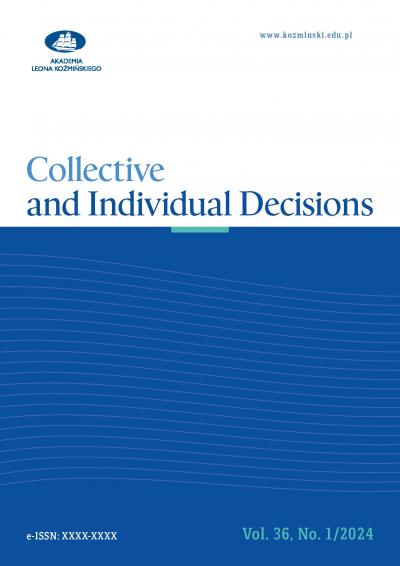Between The Voice Of Conscience And Bonds Of Friendship. Behaviour Of Bystanders Of Bullying And School Class Structure
Agata Komendant-Brodowska
Uniwersytet Warszawski
12/2013 (20) Decyzje
DOI 10.7206/DEC.1733-0092.12








